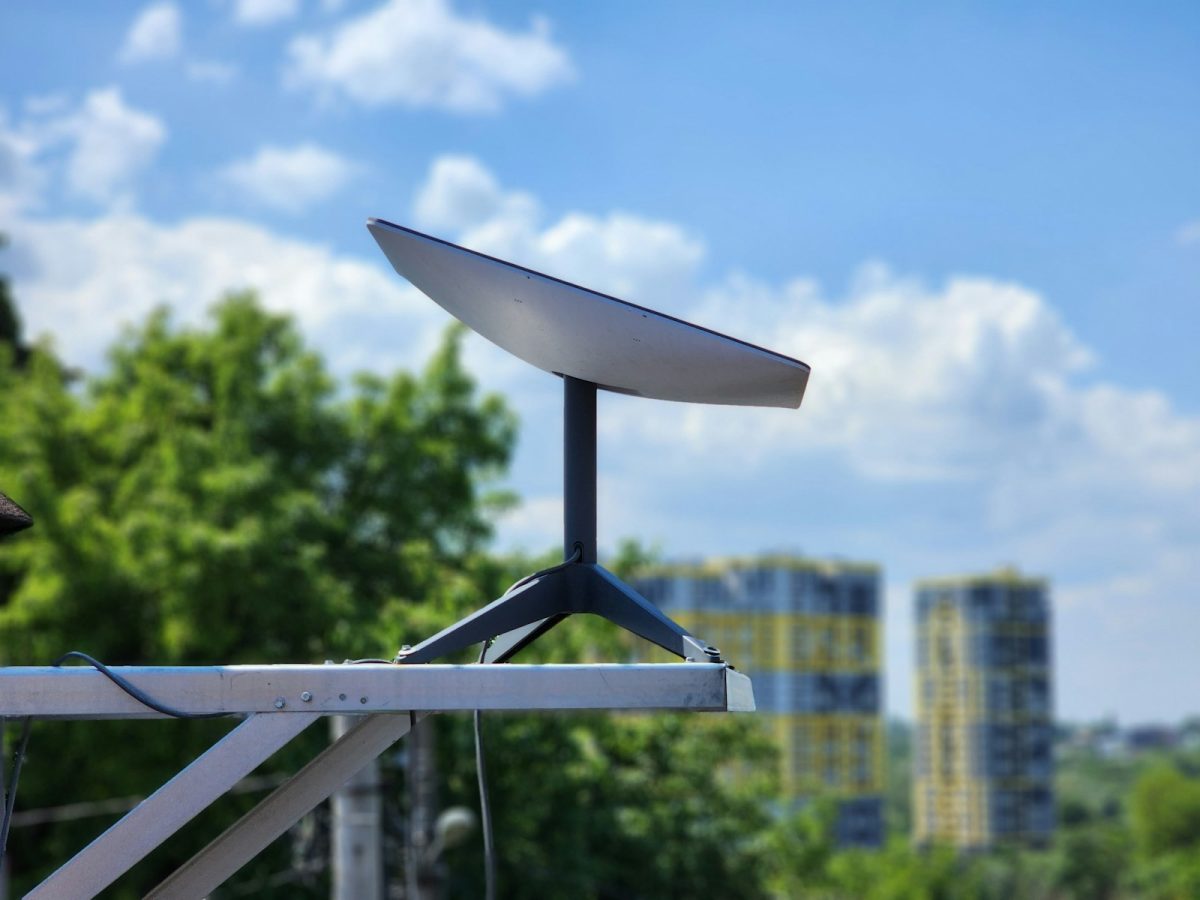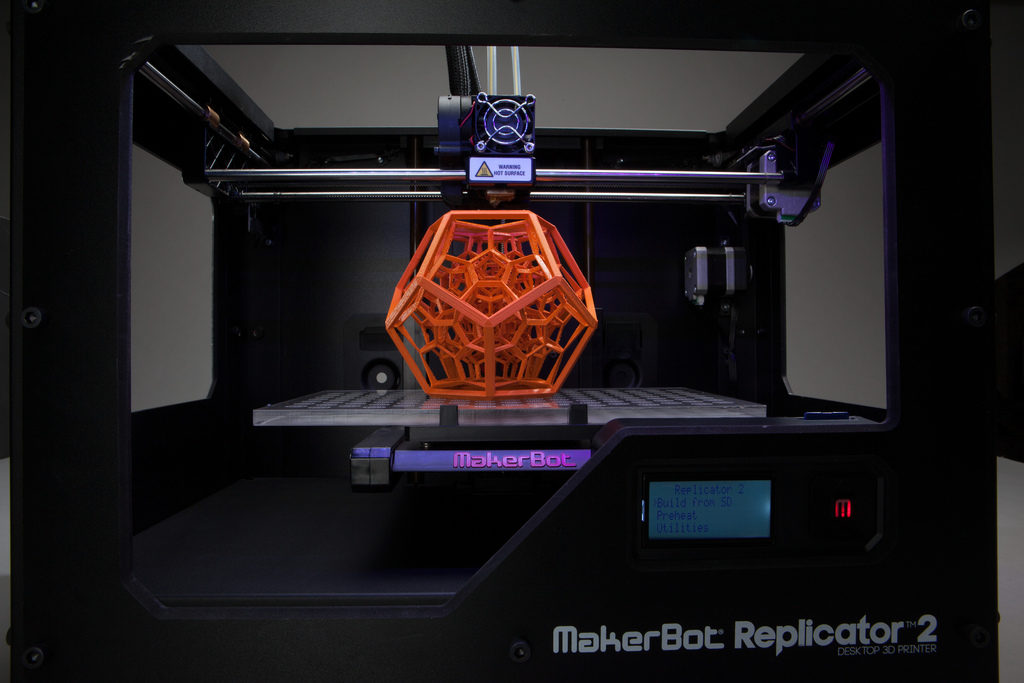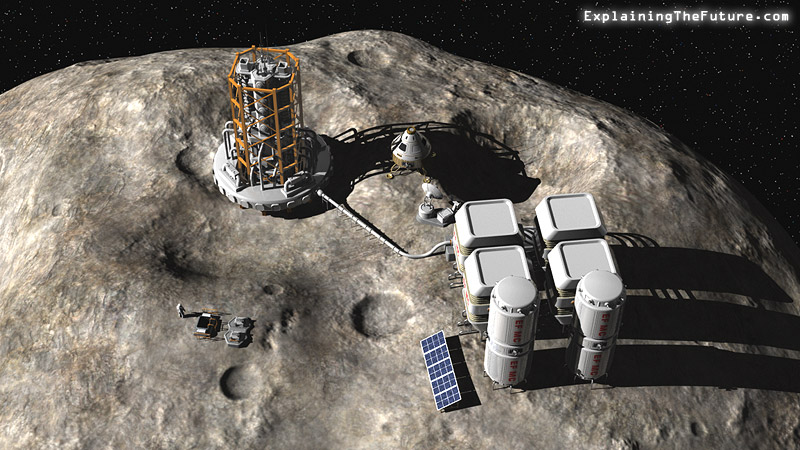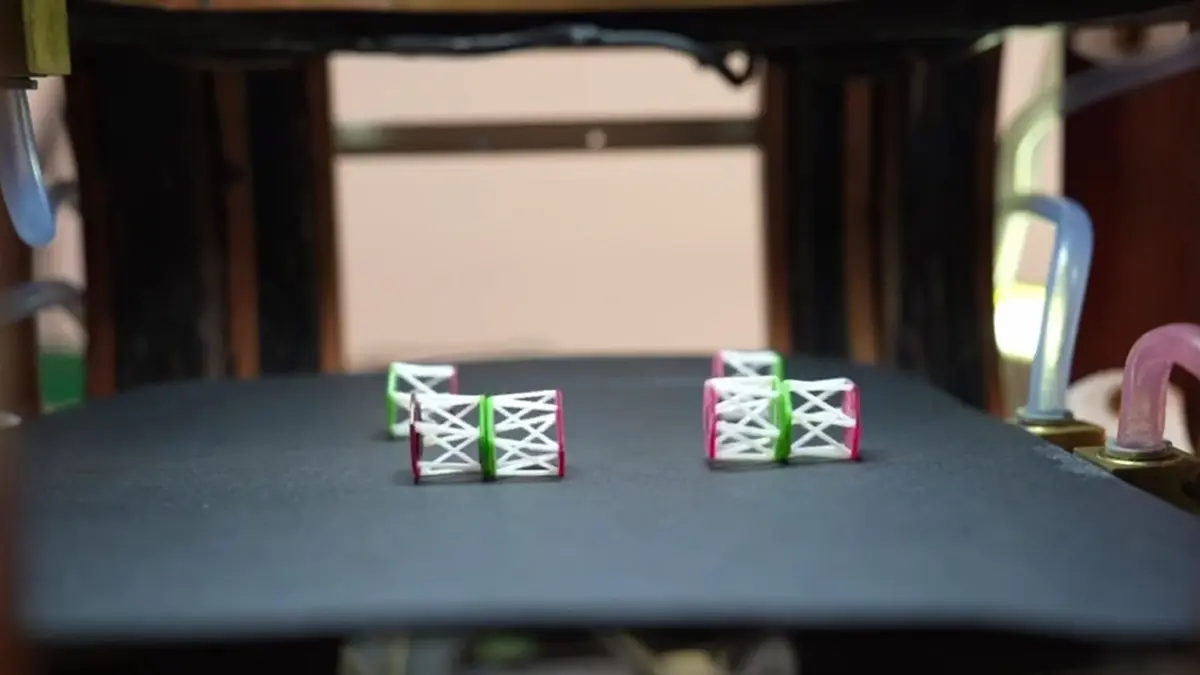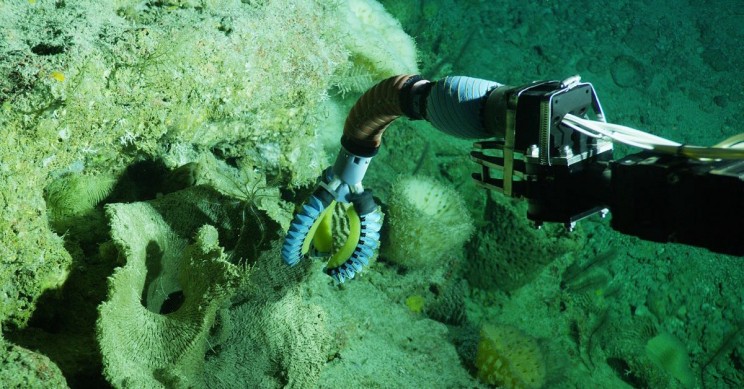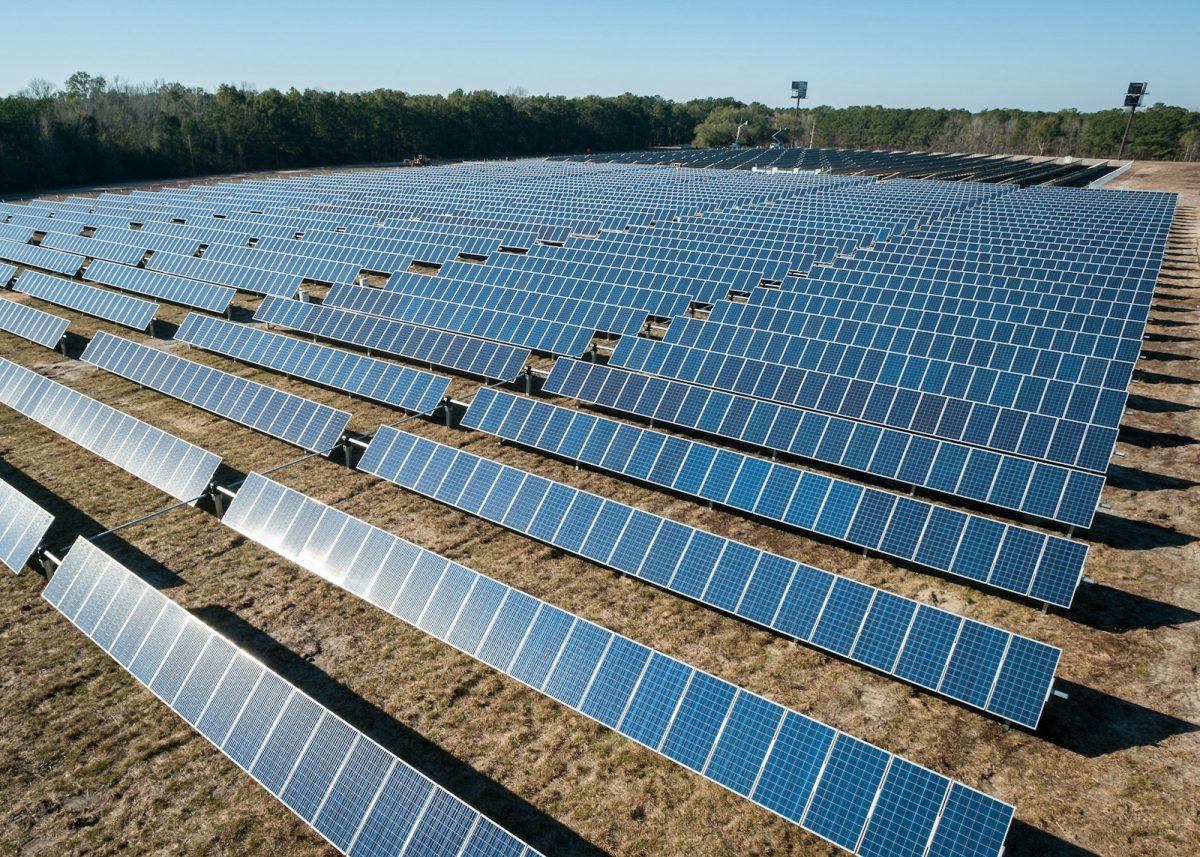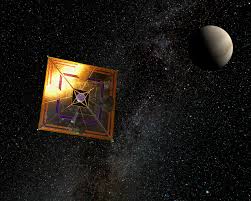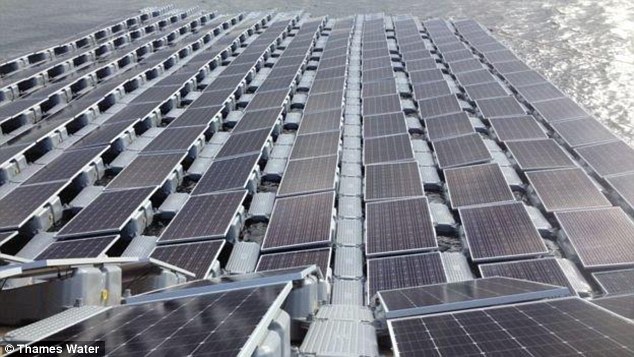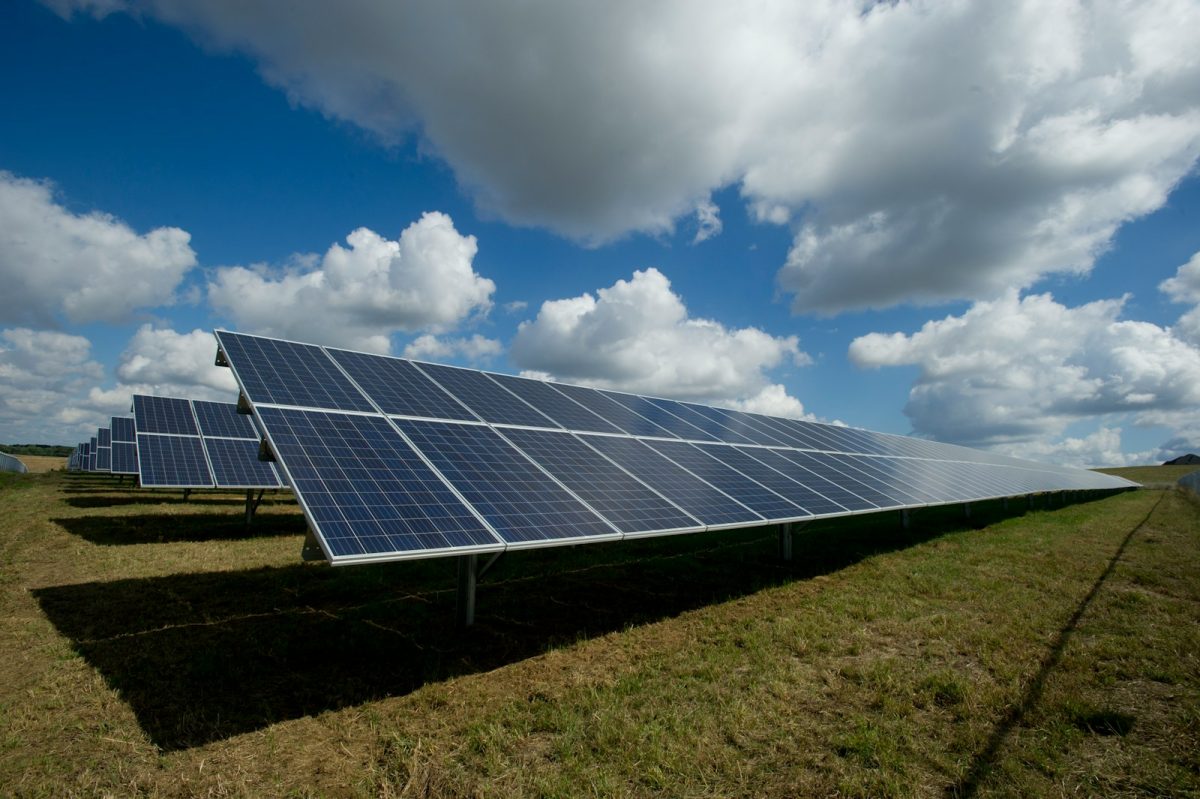Starlink is a satellite internet constellation being created by SpaceX. The constellation will consist of thousands of mass-produced small satellites in low Earth orbit, working with ground transceivers.
The primary goal of Starlink is to provide satellite internet connectivity to underserved areas of the planet, as well as provide competitively priced service to urban areas. The project aims to improve upon the delay traditionally associated with satellite internet, making it a viable alternative to cable or fiber connections.
Each Starlink satellite is equipped with four powerful phased array antennas, which are capable of an enormous amount of throughput when it comes to handling data. These antennas use an advanced form of beamforming, a technique that focuses a wireless signal towards a specific receiving device, rather than having the signal spread in all directions.
To connect to the network, users will need a small satellite dish. This dish uses motors to self-adjust its optimal angle to see the sky, ensuring the best connection possible with the overhead satellites.
As of now, SpaceX has launched over a thousand satellites and has begun beta testing in North America, with plans for rapid expansion of coverage in the months and years to come. While the service isn’t cheap (the hardware alone costs $499, with a $99 per month service fee), it is a significant step forward in the goal of providing high-speed internet access to the entire globe.
Related stories
https://www.space.com/starlink-satellite-train-how-to-see-and-track-it
https://www.pcmag.com/how-to/what-is-starlink-spacex-satellite-internet-service-explained
https://www.investors.com/news/starlink-satellites-elon-musk-disrupting-farming/
https://www.techtarget.com/whatis/definition/Starlink
Take action
https://www.starlink.com/service-plans
